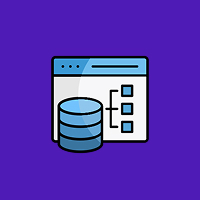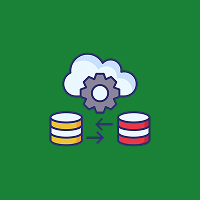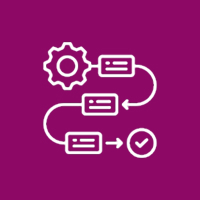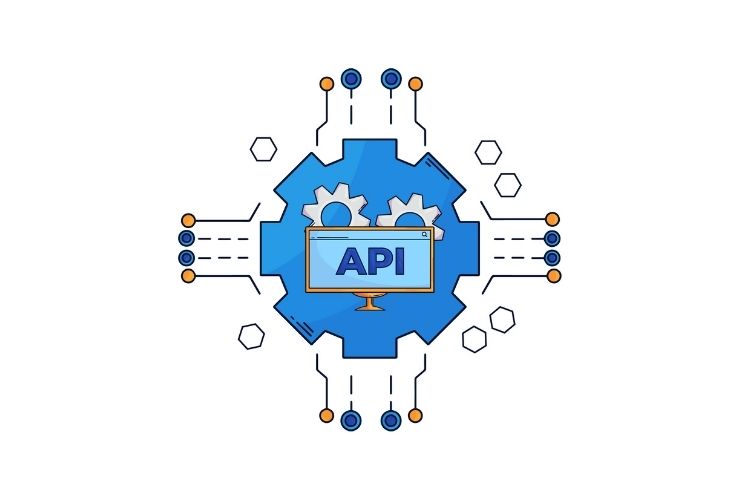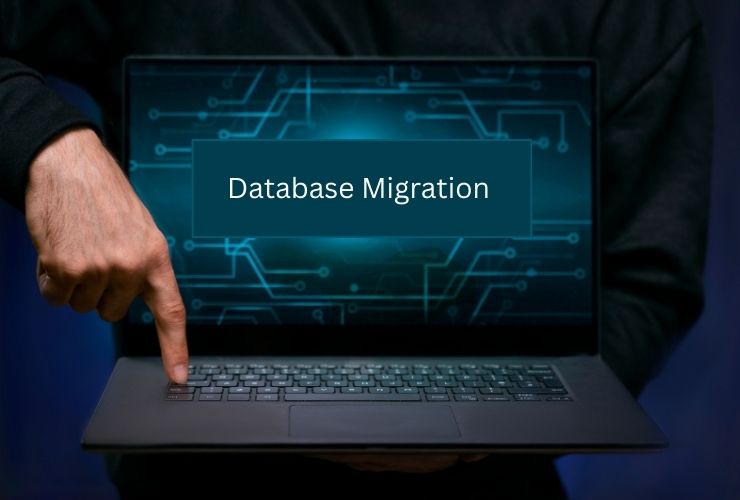In the current age of digitalization, all organizations utilize various software systems to manage their business practices, communicate with customers, and contribute to growth. These systems include customer relationship management (CRM) platforms, enterprise resource planning (ERP) systems, eCommerce solutions, and computing solutions in the cloud, to name a few. In almost all situations, different systems must communicate with one another seamlessly to ensure consistent data and workflows.
This is where APIs (Application Programming Interfaces) come into play: APIs enable software systems to communicate and exchange data efficiently with one another, allowing organizations to achieve seamless integration of systems altogether. By properly leveraging APIs you can optimize operations, minimize manual labor, and provide the architecture needed for scalable, connected business environments.
What is Integration of API?
API integration is a process of connecting different software applications to interface by a means of APIs, which allow applications to share data, inform one another of actions, and work together in real-time. While traditional means of transferring data comprises of manual exports, imports, or uploading and downloading in batches, API integration provides:
- Instantaneous access and exchange of data
- Automation of repetitive tasks
- Consistency and accuracy across systems
For example, an eCommerce store can integrate their inventory management system with an outbound warehouse API to automatically update stock levels – ensuring that their customers do not oversell product, and that their inventory relative to the product offered is up-to-date.
The Importance of API Integration for Businesses Today
Enhances Efficiency
Transcribing data between systems by hand is labor-intensive and rife with mistakes. With APIs, those same tasks can be automated and your workers can direct their energies in more critical, strategic areas, avoiding repetitive workflow solutions.
Keeps Data Accurate
APIs can keep your data synced across platforms, diminishing discrepancies between systems. For example, you can enter a customer’s information in your CRM and it can be mitigated into the ERP or the marketing automation platform immediately.
Facilitates Real-Time Decisions
APIs allow for data to flow constantly and instantaneously across systems, giving up-to-date insights. Companies can render quick, data-driven decisions, from seeing inventory to financial reports.
Allows for Scalability
As companies grow and bring on more software systems, APIs allow them to seamlessly expand and integrate more tools without extensive reconfiguring or manual input.
Facilitates Innovation
APIs allow companies to integrate themselves into new technologies, such as AI, IoT, or analytics platforms, facilitating new value for customers.
Types of APIs for System Integration
REST APIs (Representational State Transfer)
- Most widely used API type for web integration.
- Works over HTTP, exchanging data in formats like JSON or XML.
- Lightweight and scalable, making it ideal for cloud applications.
SOAP APIs (Simple Object Access Protocol)
- A protocol-based API, often used in enterprise environments.
- Provides strict standards for security, reliability, and data integrity.
GraphQL APIs
- Allows clients to request exactly the data they need.
- Reduces over-fetching of data and improves performance for complex integrations.
Webhooks
- Event-driven APIs that push data to systems when specific events occur.
- Useful for real-time notifications and automated workflows.
Effective API Integration Approaches
Organize a Strategy for Integration
- Clarify the systems to be integrated, get a sense of the data to move, and highlight the business processes to be automated.
- Consider whether real-time integration, batch processing, or event-driven approaches are necessary.
Establish API security
- Utilize industry-standard authentication technologies like OAuth 2.0 or API keys.
- Protect data in-transit by encrypting transmission using HTTPS.
- Watch for unauthorized access to your APIs, and rate-limit your services so they can’t be abused.
Standardize Data Structure
- The faster you can standardize data structure and schema across systems, the less chance you’ll get it wrong when transmitting.
- JSON is often the preferred interchange format for REST APIs due to its simplicity and readability.
Provide Thorough API Documentation
- Write out a broader documentation set for developers to leverage (per API); this may include URL endpoints, expected request and response message formats, and error codes.
- Appropriate documentation tools such as Swagger, or Postman, can aid.
Monitor and Maintain Your Integrations
- What to look for in integration are general API utilization, latency, and failure monitoring.
- APIs sometimes experience versioning issues, and the API versions should be updated after evaluating modifications to the other API or regular updates of the same API from the vendor.
Contain Use of Middleware or Integration Platforms
- APIs can be used in conjunction with platforms, such as Zapier, MuleSoft, or Dell Boomi, to connect multiple applications into a seamless workflow.
- Lastly, don’t forget that automation platforms/ middleware can alleviate the work of transforming data, routing webhooks, and handling other errors as they arise.
Practical Examples of Integration with API
E-Commerce Platforms
Connect payment gateways, shipping services, and inventory management, to automatically process orders and track delivery.
CRM and Marketing Automation
Connect CRM data with email platforms to trigger personalized campaigns based on customer behavior.
Finance and Accounting
Synchronize invoices, expenses, and payroll between accounting systems and ERP systems to lower errors and manual work.
IoT and Connected Devices
APIs allow sensors, devices, and cloud platforms to communicate with each other for automation and real-time monitoring.
Healthcare Systems
Integrate patient records, lab results, and scheduling of appointments between healthcare platforms, achieving security and compliance.
Future Trends in API Integration
API First Architecture
Companies are designing applications more and more around APIs to ensure seamless integration from the ground-up.
AI and Machine Learning Integration
APIs create the ability to connect AI models and analytics platforms for smarter business insights and automation.
Serverless and Event-Driven APIs
Cloud providers are adopting serverless function capabilities and event-driven APIs – offering scalable, flexible, and cost-efficient integration.
Increased Focus on Security and Compliance
As data privacy regulations change, enterprises will prioritize secure and compliant integration of APIs.
Conclusion
Modern system integration depends on APIs, which allow businesses to link different software platforms, automate processes, and ensure data continuity. The efficient use of APIs increases efficiency, enhances customer satisfaction, and fosters enterprise expansion.
By establishing a strong integration strategy, securing APIs, standardizing data formats, documenting fully, and monitoring API performance, organizations can make sure that they have effective and proper system integrations.
As technology continues to evolve, organizations that use APIs to connect systems will be better equipped to innovate, grow, and remain competitive in an increasingly connected world.
Contact Us Today













 Database Development
Database Development








